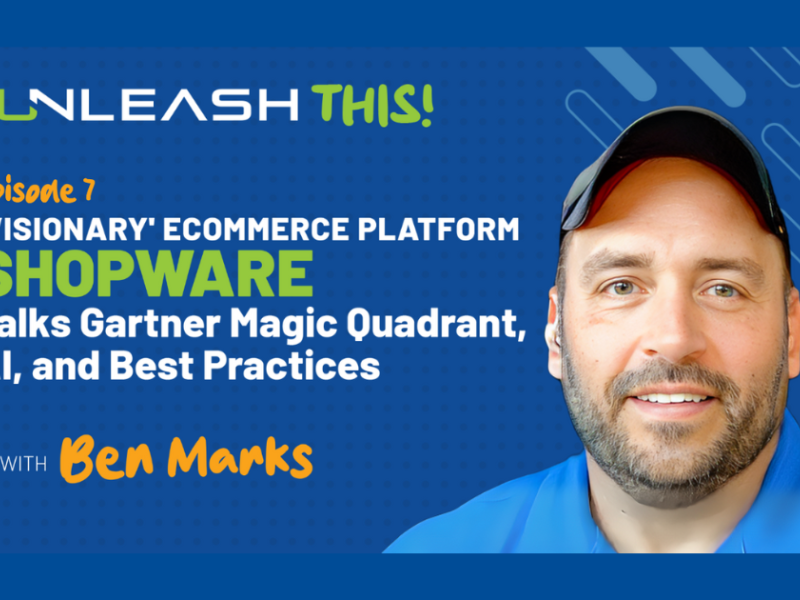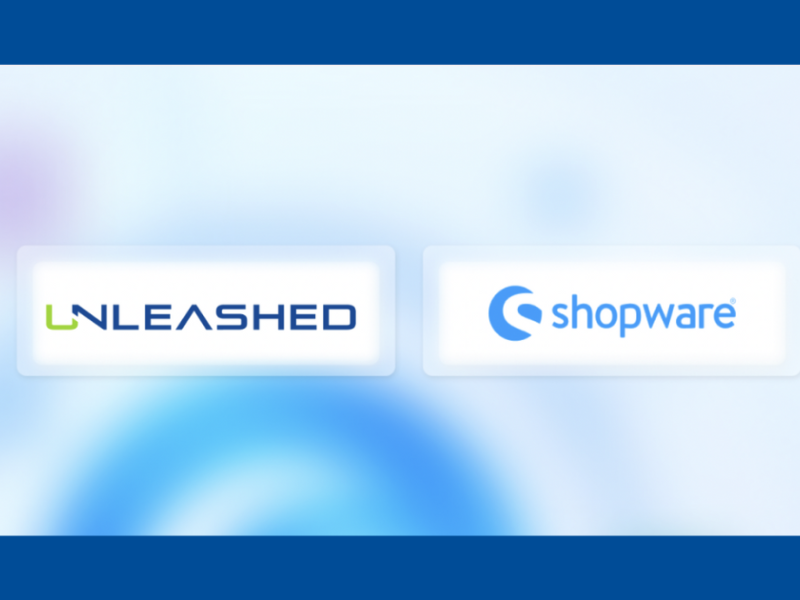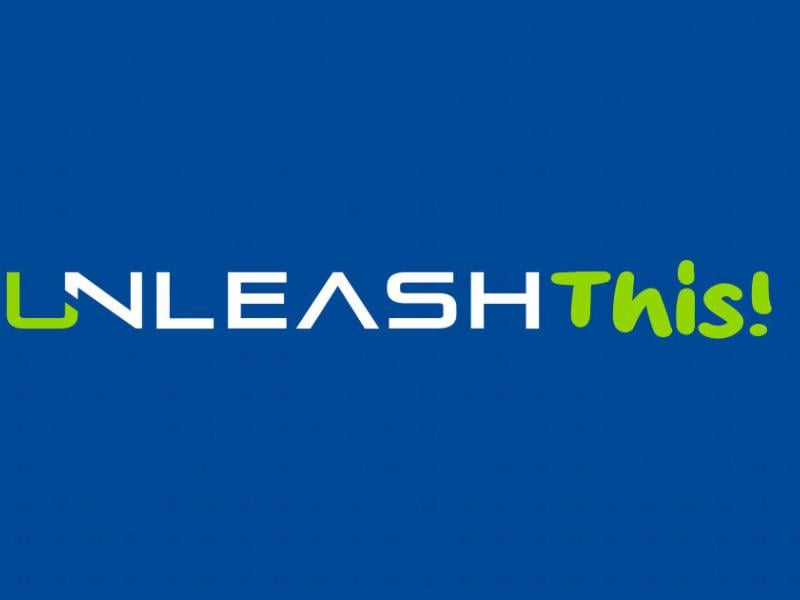This blog was produced with the assistance of an AI tool that used Unleash This podcast episode 5 as the input for the content.
Are you a website owner or developer using Drupal 7 as your content management system (CMS)? If so, it's crucial to understand the implications of Drupal 7's end-of-life (EOL) announcement and explore your migration options to ensure the security and growth of your site.
In January 2025, Drupal 7 will reach end-of-life, which means it will no longer receive support or security updates. While the software will continue to work, the lack of security updates can leave your website vulnerable to cyber threats. And while January 2025 might seem like a long way off, keep in mind that no matter what you choose as your system of the future, the migration will be challenging.
So, what can you do? This article will guide you through the process of understanding Drupal EOL and provide insights into the best migration options available for your organization. Whether you choose to migrate to Drupal 10, WordPress, or consider other custom solutions, this article aims to help you make an informed decision to protect your site's security and foster its growth.
Understanding Drupal EOL and the Impact on Your Website
Drupal is a widely-used content management system that allows non-technical users to manage the content on their websites without the need for programming knowledge. However, with the announcement of Drupal 7 going EOL, website owners must be aware of the potential risks associated with staying on an unsupported version.
End-of-life, in the context of software, refers to the discontinuation of support and security updates for a particular version. In the case of Drupal 7, although the software will continue to function, it will no longer receive security updates. This lack of security coverage may leave websites vulnerable to potential security breaches and cyber attacks.
Weighing Your Migration Options: From Drupal 10 to Custom CMS
When it comes to migrating from Drupal 7, organizations have several options to consider. The most logical and recommended option for organizations already using Drupal is migrating to Drupal 10.
Drupal 10 offers a range of improvements over Drupal 7, including enhanced caching abilities, improved security features, a more user-friendly admin interface, and greater flexibility in creating visually appealing layouts. Migrating to Drupal 10 ensures that your organization continues to receive support and updates while leveraging the latest features and advancements in the CMS.
However, Drupal 10 might not be the best fit for every organization. Smaller websites with less complexity may consider migrating to WordPress, another popular and user-friendly CMS. WordPress provides a simpler interface and a wide range of plugins and themes, making it an attractive option for those seeking a more streamlined content management experience and who need little in the way of custom functionality.
Organizations that have specific requirements or want more flexibility in their website's presentation layer may explore headless CMS solutions. Headless CMS allows for the separation of the presentation layer (frontend) and the backend, providing greater flexibility in delivering content to different devices and platforms.
In addition to Drupal 10 and WordPress, organizations can also consider other custom CMS solutions or explore distributed technologies such as Shopify, Shopware, or Symfony, depending on their specific needs and preferences.
Backdrop CMS is another option for companies familiar with Drupal 7. Backdrop is a fork of Drupal 7 meaning that it is essentially a copy of Drupal 7 as it is today. If your company wants to stay with Drupal 7 and also wants to maintain security updates, migrating to Backdrop is an option to consider.
Steps to a Successful Migration from Drupal 7:
Successfully migrating from Drupal 7 requires careful planning and a strategic approach. Before diving into the migration process, organizations should align their website goals with the chosen technology solution.
Steps to take for a seamless migration:
- Understand the value and goals of your website: Clearly define your website's purpose, target audience, and desired outcomes. This understanding will help guide your decision-making process throughout the migration.
- Clean up unnecessary content: Prioritize a content audit to identify and remove any outdated or irrelevant content. This step will not only improve the overall user experience but also streamline the migration process.
- Consider a website redesign: Migration provides an excellent opportunity to evaluate your website's design and usability. If needed, consider a website redesign to enhance the user experience and align with current design trends.
- Address legal and accessibility requirements: Ensure compliance with relevant legal regulations, such as data protection laws or accessibility standards. Failing to address these requirements during the migration could result in legal complications or exclusion of certain user groups.
- Choose the right technology partner: When selecting a technology partner for your migration, it's essential to be an educated consumer. Look for a partner like Unleashed that has experience with Drupal migrations and a track record of providing support and expertise. They can help guide you in selecting the best technology solution based on your specific needs and goals.
By following these steps and making informed decisions, you can ensure a successful migration from Drupal 7 to your desired CMS solution. Remember, the migration process is an opportunity to not only enhance your website's security and performance but also to improve the overall user experience and achieve your organizational goals.
The end-of-life of Drupal 7 presents website owners with the opportunity to reassess their CMS needs and explore better solutions. Whether you choose to migrate to Drupal 10 or consider alternative options like WordPress or custom solutions, the key is to make an informed decision that aligns with your organization's goals and objectives. By taking the necessary steps and choosing the right technology partner, you can safeguard your site's security and foster its growth in the ever-evolving digital landscape.
If you need more information, watch Episode 5 of our Unleashed This podcast series. And please contact one of Unleashed’s experts to have a deeper dialogue on achieving your digital objectives. Get started by simply filling out this form.


